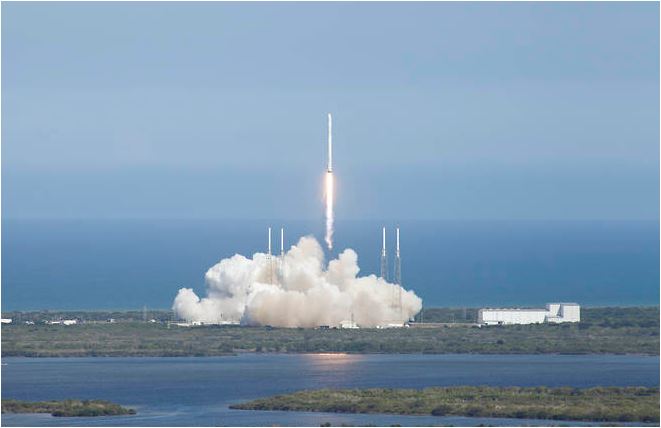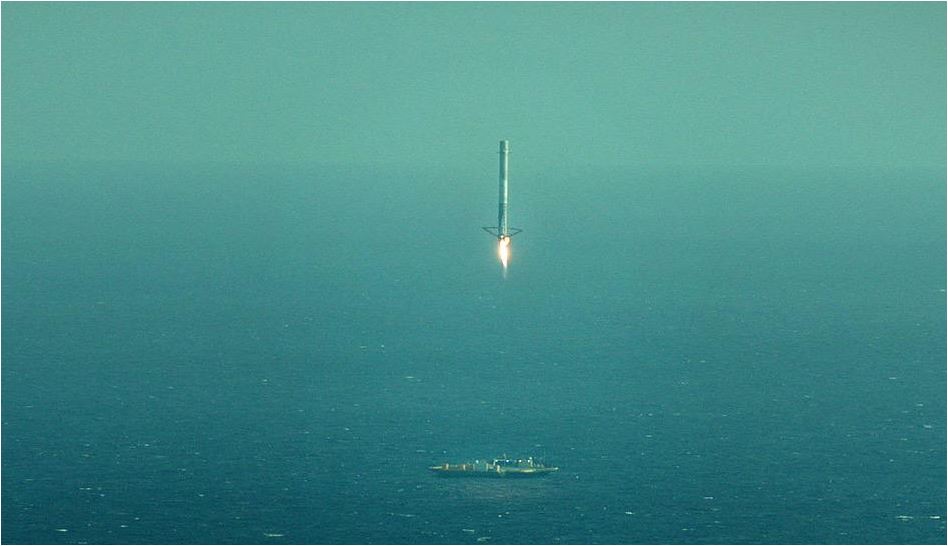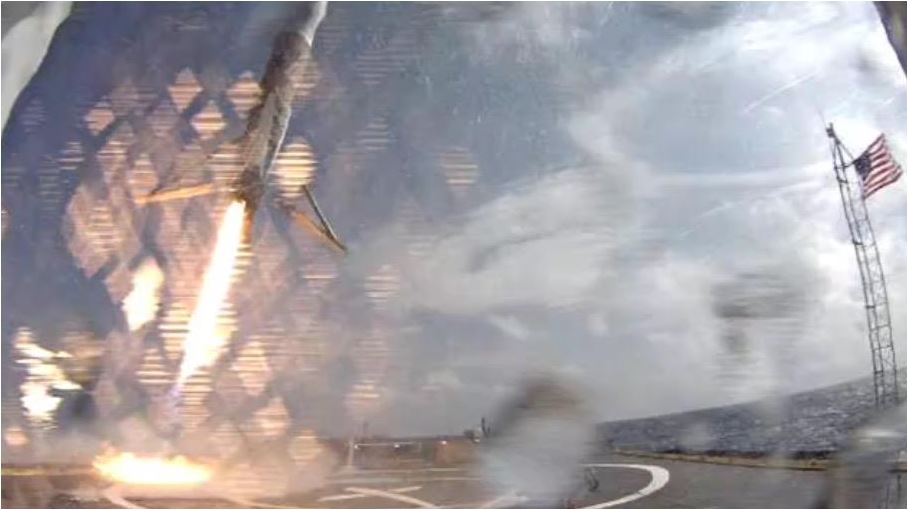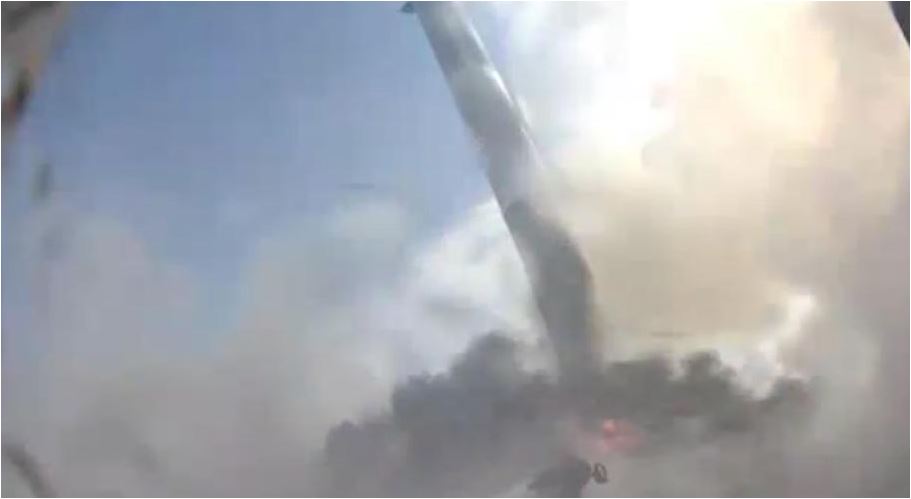Elon Musk has been trying to recycle SpaceX’s Falcon 9 rocket for a few months. On Tuesday, the rocket managed a successful launch, but not exactly a perfect landing.
 Falcon 9 launch on Tuesday. (Image via NASA)
Falcon 9 launch on Tuesday. (Image via NASA)
Musk’s company has been trying to transform the rocket industry and potentially save millions of dollars by repurposing and reusing equipment.
Rocket pieces traditionally fall into the ocean after deployment and cannot be used again in another mission.
The recycled spaceship launched from Cape Canaveral, Florida with the Dragon component carrying food and supplies for astronauts at the International Space Station.
The first part of the launch was successful as the cargo ship separated from the rocket and is on track to arrive at the orbiting outpost of the ISS on Friday where a robotic arm will grab it.
The second part of the launch was not quite as successful.
 Image via Elon Musk, Twitter.
Image via Elon Musk, Twitter.
“Ascent successful. Dragon enroute to Space Station. Rocket land on drone ship, but too hard for survival,” wrote Elon Musk on Twitter.
 Image via Elon Musk, Twitter.
Image via Elon Musk, Twitter.
Once the payload separated, the first stage of the Falcon 9 was supposed to employ GPS tracking to navigate it to a drone ship on the ocean where it was supposed to touch down gingerly.
The rocket did make it back to its destination, but toppled over once it touched down.
 Image via Elon Musk, Twitter.
Image via Elon Musk, Twitter.
“Looks like Falcon landed fine, but excess lateral velocity caused it to tip over post-landing,” Musk reported.
At least it wasn’t quite as unsuccessful as the attempt back in January when the ship came down, hit too hard and then exploded on the deck. (See that explosion in the image below).
 Image via Elon Musk, Twitter.
Image via Elon Musk, Twitter.
On Monday, Musk revealed the estimated chance of success this time was about 50%, but believes that by the end of the year, and after carrying out the many launches to come, the success rate should be 80%.
Advertisement
Learn more about Electronic Products Magazine





